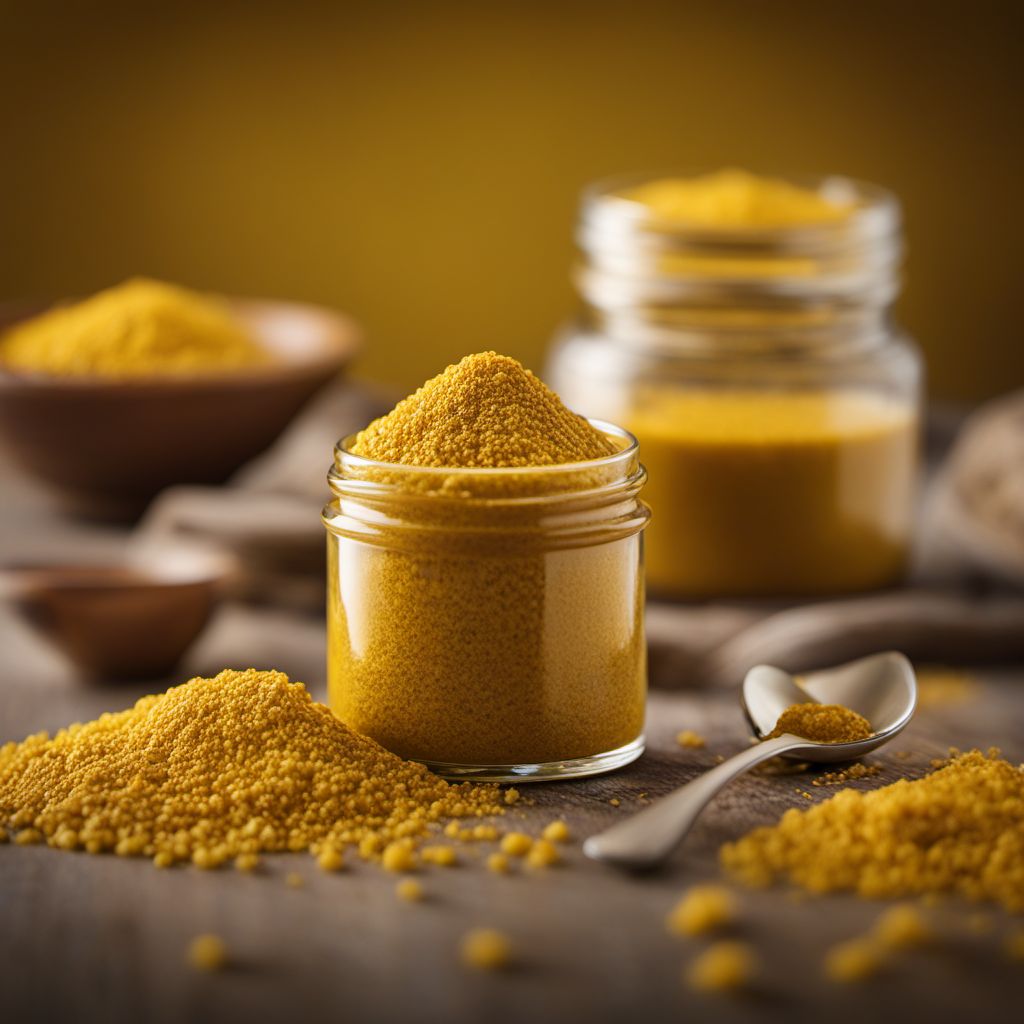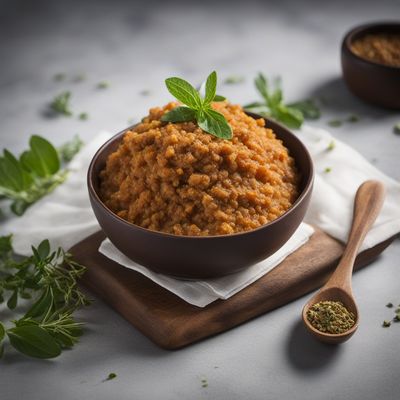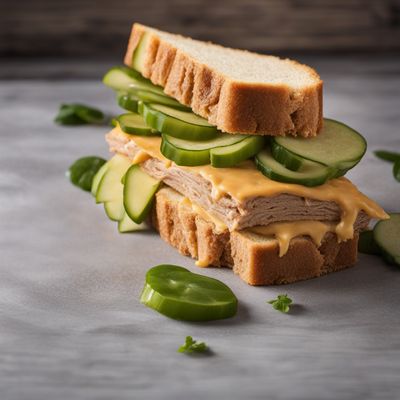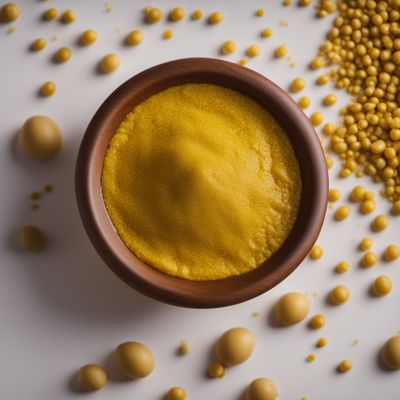
Ingredient
Mustard, hot
Fiery Mustard: Adding Heat to Your Culinary Creations
Mustard, hot, is characterized by its vibrant yellow color and intense heat. Made from the seeds of the mustard plant, this condiment has a smooth and creamy texture. Its flavor is sharp, tangy, and distinctly spicy, with a lingering heat that can range from mild to eye-watering, depending on the variety and preparation method. When used in moderation, hot mustard can add depth and complexity to sauces, dressings, marinades, and sandwiches.
Origins and history
Mustard has a rich history dating back thousands of years. It is believed to have originated in ancient Egypt and was later cultivated by the Romans and Greeks. The use of mustard as a condiment spread throughout Europe and Asia, becoming an integral part of various cuisines. In medieval times, mustard gained popularity as a spice and was highly valued for its medicinal properties. Today, it is widely consumed and enjoyed in many cultures around the world.
Nutritional information
Hot mustard is low in calories and fat, making it a healthier alternative to other condiments. It is a good source of antioxidants, vitamins, and minerals, including vitamin C, iron, and magnesium.
Allergens
Mustard, hot, may cause allergic reactions in individuals who are sensitive or allergic to mustard seeds. It is important to read labels and be cautious when consuming or using products containing hot mustard.
How to select
When selecting hot mustard, look for brands that use high-quality mustard seeds and natural ingredients. Check the label for any additives or preservatives. Opt for a variety that suits your preferred level of heat, whether mild, medium, or extra hot.
Storage recommendations
To maintain the freshness and quality of hot mustard, store it in a cool, dry place away from direct sunlight. Once opened, refrigerate the mustard to prolong its shelf life and prevent spoilage.
How to produce
Hot mustard can be produced at home by grinding mustard seeds into a fine powder and mixing it with water, vinegar, or other liquids to create a paste. The paste can be adjusted to desired heat levels by adding more or fewer seeds.
Preparation tips
Hot mustard can be used as a condiment for sandwiches, burgers, and hot dogs. It can also be incorporated into salad dressings, marinades, and sauces to add a spicy kick. When using hot mustard, start with a small amount and adjust according to your taste preferences. Be cautious of its heat level, as it can be quite intense.
Substitutions
Dijon mustard or horseradish can be used as suitable substitutes for hot mustard, providing a similar tanginess and heat. However, the flavor profile may differ slightly.
Culinary uses
Hot mustard is commonly used in Asian cuisines, particularly in Chinese and Japanese dishes. It pairs well with meats, seafood, vegetables, and can be used as a dipping sauce or a condiment for sushi, dumplings, and stir-fries.
Availability
Hot mustard is widely available in grocery stores, supermarkets, and specialty food stores worldwide.
More ingredients from this category
Recipes using Mustard, hot

Half-Smoke Hot Dog with Spicy Mustard and Caramelized Onions
Fiery Delight: Spiced Half-Smoke Hot Dog with Tangy Mustard and Sweet Onions

Trinidadian Beurre Noisette
Savory Nutty Delight: Trinidadian Beurre Noisette

Bermudian Reinforced Salad
Tropical Twist: Bermudian Reinforced Salad with a Caribbean Flair

Basque-style Stuffed Avocado
Avocado Delight: Basque-inspired Stuffed Palta

Cuban-inspired Steak Sandwich
Caribbean Delight: Cuban-inspired Steak Sandwich

Midwestern American Style Pate Sandwich
Hearty Midwest Delight: Pate Sandwich with a Twist

Wilensky Special Sandwich
The Ultimate Canadian Delight: Wilensky Special Sandwich

Bocadillo de Salami with a Twist
Savory Spanish Salami Sandwich Delight

Hamdog Delight
The Ultimate Fusion: Hamdog Delight - A Perfect Blend of Ham and Hotdog

Michigan Hot Dog
"Flavorful Twist: Michigan Hot Dog Delight"
